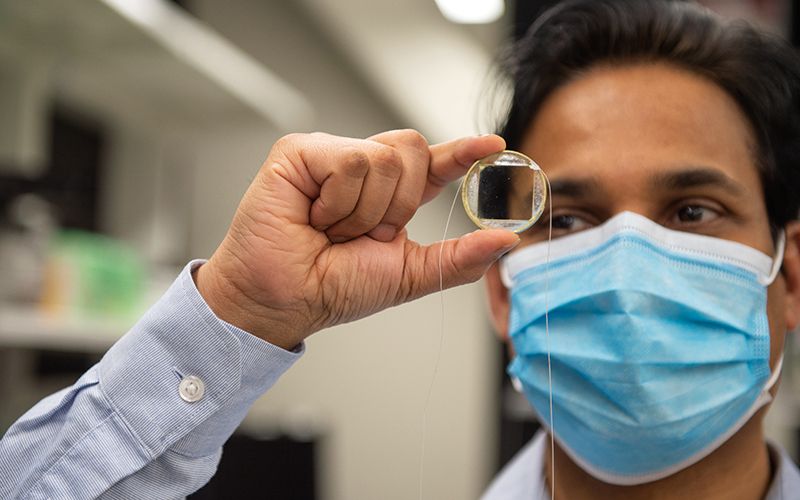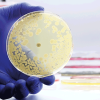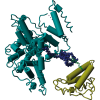Ultrasound scans can be used to stimulate cells and direct cell function, claim Penn State researchers.

The team has developed an easier, more effective way to harness the technology for biomedical applications.
They created a transparent, biocompatible ultrasound transducer chip that resembles a microscope glass slide and can be inserted into any optical microscope for easy viewing. Cells can be cultured and stimulated directly on top of the transducer chip and the cells’ resulting changes can be imaged with optical microscopy techniques.
Future applications of the technology could impact stem cell, cancer and neuroscience research, said the researchers.
Principle investigator Sri-Rajasekhar Kothapalli, said: “In the conventional ultrasound stimulation experiments, a cell culture dish is placed in a water bath, and a bulky ultrasound transducer directs the ultrasound waves to the cells through the water medium.
“This was a complex setup that didn’t provide reproducible results: The results that one group saw another did not, even while using the same parameters, because there are several things that could affect the cells’ survival and stimulation while they are in water, as well as how we visualise them.”
Kothapalli and his collaborators miniaturised the ultrasound stimulation setup by creating a transparent transducer platform made of a piezoelectric lithium niobate material.
Piezoelectric materials generate mechanical energy when electric voltage is applied. The chip’s biocompatible surface allows the cells to be cultured directly on the transducer and used for repeated stimulation experiments over several weeks.
When connected to a power supply, the transducer emits ultrasound waves, which pulse the cells and trigger ion influx and outflux.
Image credit | Penn State University




